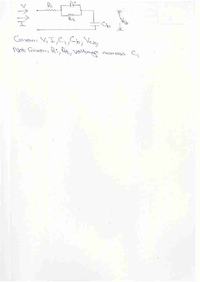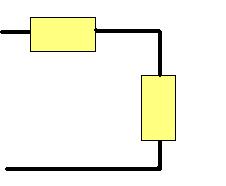jak9
Junior Member level 2

hello friends,
i have attached a image with this post in which i wanted to find the value of Ri. It is a dc circuit but the input voltage and current have some ripples so its not a pure dc. I have also frequency of ripple which can be used further to calculate Xc if in case needed. So with all these inputs how to calculate Ri?
i know by calculating the voltage across each element Ri,C1 and Cb(the voltage Vcb is given) the value of Ri can be calculated. But i am not able to calculate the voltage drop across Ri.
please help
thanks

i have attached a image with this post in which i wanted to find the value of Ri. It is a dc circuit but the input voltage and current have some ripples so its not a pure dc. I have also frequency of ripple which can be used further to calculate Xc if in case needed. So with all these inputs how to calculate Ri?
i know by calculating the voltage across each element Ri,C1 and Cb(the voltage Vcb is given) the value of Ri can be calculated. But i am not able to calculate the voltage drop across Ri.
please help
thanks


